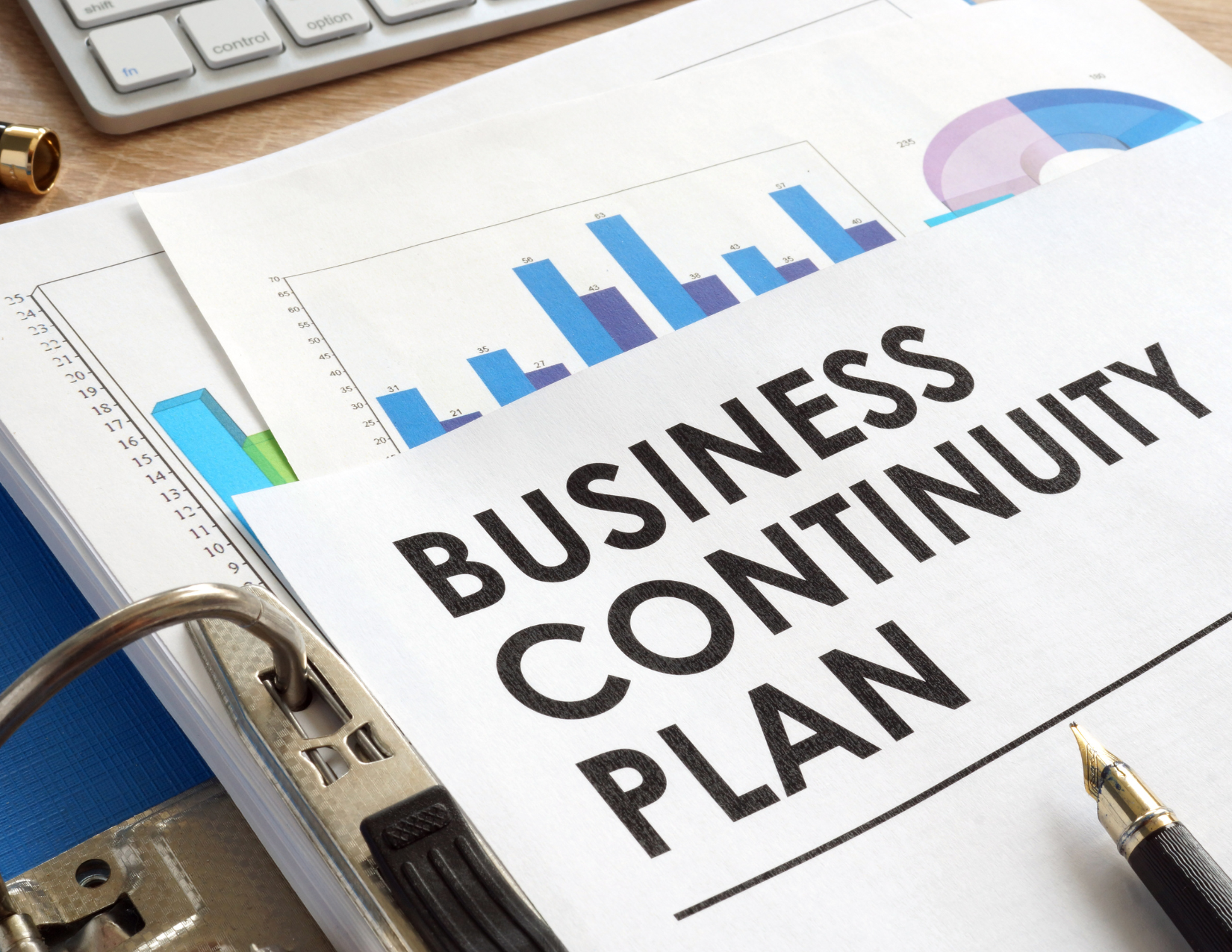Why Your Business Needs a Continuity Plan (and How to Start One Without the Overwhelm)
Let’s be honest: when you’re juggling customers, staff, and a to-do list that never ends, sitting down to write a “business continuity plan” probably isn’t top of mind.
But here’s the thing—disruptions happen. Wildfires. Power outages. Supply chain delays. Sometimes even just your internet going down for a day can throw a wrench in your operations.
A continuity plan is simply your business’s “what if” guide. It helps you stay on track when things go sideways—so you’re not scrambling, guessing, or stuck making big decisions under pressure.
So... What Is a Continuity Plan?
Think of it as a backup plan for your business. It outlines:
- What’s essential to keep running no matter what
- How to protect your data, equipment, and people
- Who does what in an emergency
- How you’ll communicate with your team, customers, and suppliers
It doesn’t need to be a 50-page binder. In fact, the best continuity plans are simple, clear, and actually used when needed.
Why It’s Worth Your Time
Creating a continuity plan might not feel urgent—until it is. Here’s what it can do for you:
- Reduce downtime if something unexpected hits
- Protect your reputation by staying responsive and organized
- Keep cash flow moving even in disruption
- Lower stress for you and your team
- Strengthen your confidence in navigating change
In short, it’s one of the most practical ways to build resilience into your business.
How to Start (Without Getting Overwhelmed)
You don’t need to start from scratch or do it alone. Here’s a simple way to begin:
- List your essentials.
What parts of your business absolutely need to keep running? Think: key services, staff, equipment, suppliers. - Pinpoint your risks.
What’s most likely to disrupt your operations—fire, flood, illness, power outages? - Make a plan B.
For each risk, ask: What would we do? Who’s responsible? What resources would we need? - Write it down.
Even a 1–2 page document is better than nothing. Make sure your team knows where to find it. - Review and update.
Check your plan at least once a year—or after a major change in your business.
You’ve Got Support
If this still feels daunting, you don’t have to go it alone. At Community Futures West Yellowhead, we help small businesses like yours build strong, practical continuity plans—without the jargon or overwhelm.
We offer templates, workshops, and one-on-one support to help you get it done—your way.
Because your business deserves to be ready for anything.




